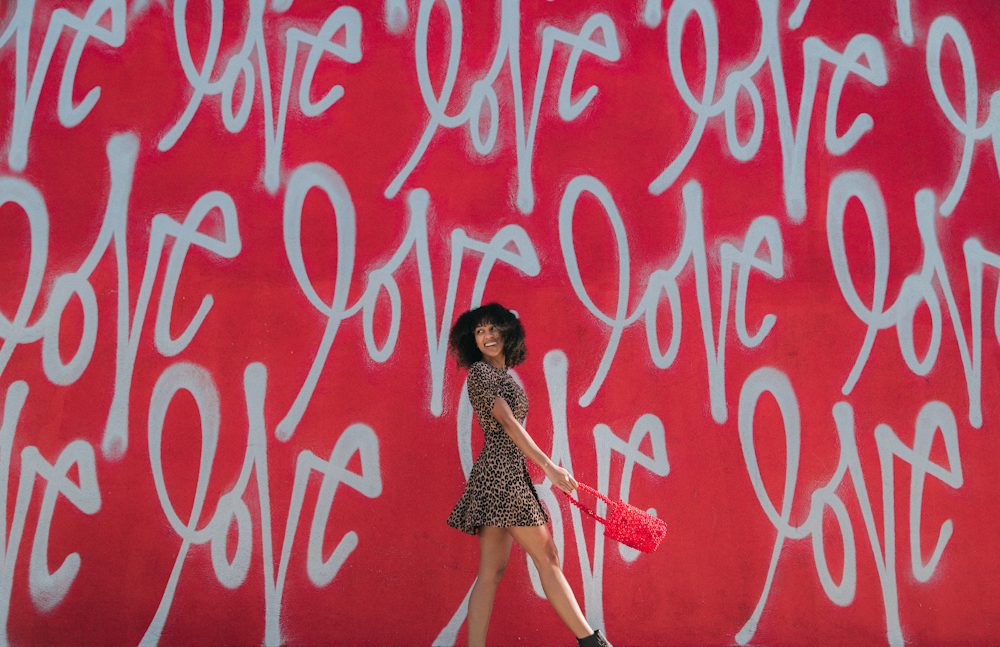Every year, on February 14th, millions around the world celebrate Valentine’s Day, a day dedicated to love, romance, and affection. But what is the origin of this cherished holiday, and how has it evolved over the centuries? Join us as we unravel the rich tapestry of history behind Valentine’s Day and discover the fascinating origins of this beloved tradition.
Ancient Roman Roots:
The origins of Valentine’s Day can be traced back to ancient Rome, where the festival of Lupercalia was celebrated in mid-February. This pagan fertility festival honored Lupercus, the Roman god of agriculture, and was marked by feasting, fertility rituals, and matchmaking.
The Influence of Christianity:
With the spread of Christianity throughout the Roman Empire, the pagan festival of Lupercalia gradually evolved into a Christian holiday. In the 5th century, Pope Gelasius I declared February 14th as St. Valentine’s Day, in honor of St. Valentine, a Christian martyr who lived during the 3rd century.

The Legend of St. Valentine:
The story of St. Valentine is shrouded in mystery and legend. According to one popular legend, St. Valentine was a Roman priest who defied Emperor Claudius II’s decree banning marriage for young men, as he believed that single men made better soldiers. St. Valentine continued to perform marriages in secret until he was caught and sentenced to death. While in prison, he is said to have fallen in love with the jailer’s daughter and sent her a love letter signed “From your Valentine,” thus giving rise to the tradition of sending Valentine’s Day cards.
Medieval Courtly Love:
During the Middle Ages, Valentine’s Day became associated with courtly love and romantic gestures. Poets like Geoffrey Chaucer and William Shakespeare immortalized the holiday in their works, further popularizing the tradition of expressing love and affection on February 14th.

Modern-Day Celebrations:
In the 19th century, the tradition of exchanging handmade Valentine’s Day cards became increasingly popular, with the introduction of mass-produced cards in the 1840s. Today, Valentine’s Day is celebrated around the world with a variety of customs and traditions, including the exchange of cards, flowers, chocolates, and romantic dinners.
A Timeless Celebration of Love:
Despite its ancient origins, Valentine’s Day continues to hold significance in the modern world as a day to celebrate love and affection in all its forms. Whether it’s expressing love to a romantic partner, family member, or friend, Valentine’s Day serves as a reminder of the enduring power of love to connect and inspire us.

As we celebrate Valentine’s Day each year, let us remember the rich history and tradition behind this cherished holiday, and let us continue to embrace and honor the universal language of love that unites us all.

